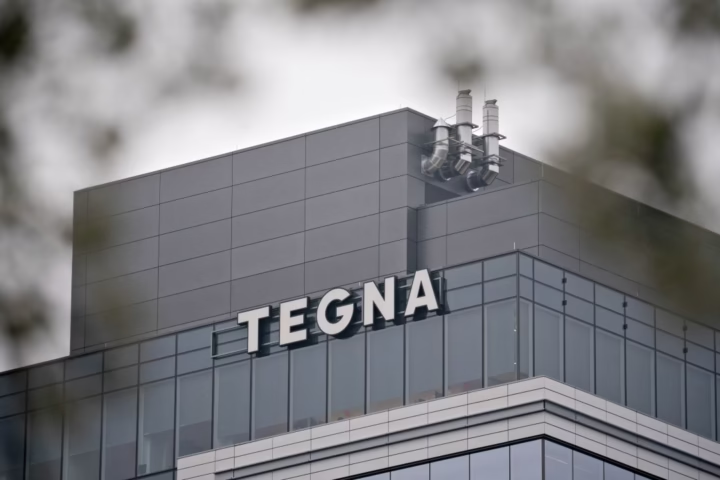It was a dream purchase—a Hermès Birkin bag that was bought second-hand at a fraction of its retail price. But when the buyer decided to resell it, the truth emerged: the bag was a counterfeit. The owner feels disappointed with a significant financial loss. Stories like this are far too familiar in the luxury resale market, where counterfeit goods and misrepresented items are an ever-present risk.
This highlights the critical importance of authentication in second-hand luxury transactions. But what exactly is the authentication process, and how does it shape the resale experience for buyers and sellers alike?
Authentication: What is it All About?
Authentication is the backbone of trust in the luxury resale market. It involves meticulously verifying whether a pre-owned luxury item is genuine, ensuring buyers receive precisely what they pay for. With counterfeiters becoming increasingly sophisticated, authenticators must rely on a combination of expertise, technology, and rigorous protocols to distinguish genuine products from high-quality replicas.
According to Safiya Mehbaliyeva, founder of Dubai-based second-hand luxury presale platform Gemaee, the process typically begins with a detailed inspection of the item’s physical attributes. Authenticators scrutinize elements such as stitching, hardware, materials, logos, and serial numbers to identify inconsistencies that might indicate a fake.
In the digital age, technology plays a significant role in the authentication process. Advanced technologies like artificial intelligence (AI) and blockchain tools can analyze intricate details invisible to the human eye, while blockchain-based certificates provide a digital trail of ownership and authenticity. For instance, companies like Entrupy have developed AI-powered authentication tools that can verify luxury items with nearly 100% accuracy.
However, despite these advancements, S.Mehbaliyeva mentions that challenges persist. Counterfeiters are constantly evolving their techniques, making it harder to keep up. Not all authentication services are created equal; some rely solely on photographs or lack industry-recognized certifications. This variability can leave buyers vulnerable to fraud or misrepresentation.
The Complexity of Authentication Process
Mehbaliyeva of Gemaee explains that typical sellers in the luxury resale market face several challenges when utilizing authentication processes. One of the primary challenges is the cost associated with authenticating luxury items. Authenticators with specialized training are scarce and expensive, which can impact the profitability of resale platforms.
Drawing from her experience with Gemaee, Mehbaliyeva explains, “Authenticators with specialized training are not only scarce but also costly, and this can create bottlenecks in the resale process.”
These expenses often lead to higher seller fees or reduced margins, making it difficult for smaller resellers to compete. Additionally, the time-consuming nature of thorough authentication—especially for rare or vintage items—can delay transactions, frustrating both sellers and buyers.
Mehbaliyeva mentions that some platforms even often charge customers extra fees for authentication services in other scenarios, which can deter some sellers from using these platforms due to the additional expense. Furthermore, the pressure to maintain a high level of accuracy is immense, as any mistake could lead to reputational damage and financial losses.
Gemaee: Building Trust Through Authentication
Mehbaliyeva acknowledges that trust is the cornerstone of any successful resale platform, and authentication is key to establishing it. It is an essential safeguard that protects both buyers and sellers. Authentication ensures sellers’ items are accurately represented and valued, preventing disputes or reputational damage. On the other hand, buyers gain peace of mind knowing they are purchasing genuine products, particularly in an industry rife with sophisticated counterfeits.
At Gemaee, Mehbaliyeva explains that every authentication starts with understanding each luxury brand. This process involves familiarizing the brand’s unique features and signature styles. For instance, the Gemaee team meticulously examines the stitching patterns, material quality, and hardware details of luxury brands like Hermès, Chanel, Cartier, Bulgari, and Chopard. This attention to detail ensures that even the most sophisticated counterfeit items can be identified.
Mehbaliyeva mentions, “In luxury, small details matter. Our team is trained to recognize the subtle nuances distinguishing genuine luxury goods from replicas. This expertise is crucial in maintaining the trust of our clientele.”
Sealing the deal, Mehbaliyeva also shared how Gemaee partners with Entrupy, a leading technology provider in luxury authentication. Entrupy’s advanced AI-powered tools help verify the authenticity of luxury items by analyzing microscopic details that are invisible to the naked eye.
This dual-layered approach—combining human expertise with cutting-edge technology—ensures that every bag sold through Gemaee is genuine. Mehbaliyeva notes,
“We complement technology with human expertise. We believe balancing both helps us win the trust of our clients, as what we say and offer is backed by authentication.”
Despite her expertise in using authentication daily, Mehbaliyeva acknowledges that there is still much to learn about this intricate process. Counterfeiters continue to evolve their techniques, challenging them at Gemaee to never settle and stay ahead of the game in battling fake luxury items.
Please visit Gemaee’s website to see its complete catalog of available second-hand luxury items.








